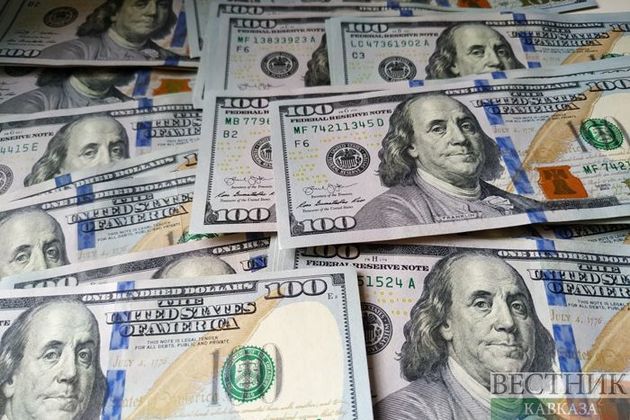The chief investment officer of currency manager A.G. Bisset believes the U.S. currency will plunge 36% against the euro over the next year or so, taking it to levels it has not seen in more than a decade. Reuters reports in its article U.S. dollar's woes are only beginning, some bears say that the greenback’s recent weakness “is the beginning of a very large move” that could hurt the droves of investors exposed to it through their holdings in U.S. stocks and bonds, Lindahl said.
Wall Street is swarming with bearish dollar forecasts, though few are as extreme as Lindahl’s. The U.S. currency is near its lowest level in 27 months and is down about 11% from its 2020 peak against a basket of its peers, with Goldman Sachs, UBS and Societe Generale among the banks forecasting more losses. Hedge fund bets against the dollar in futures markets are at their highest level in about a decade, according to data from the Commodity Futures Trading Commission, while 36% of fund managers in a recent Bank of America Global Research survey named shorting the dollar as their top currency trade for the second half of the year.
Getting the dollar right is key for investors, as its trajectory sways everything from corporate earnings to the prices of raw materials such as oil and gold. Lindahl’s research breaks down the dollar’s fluctuations over the decades into 15-year cycles that show the greenback weakening sharply against the euro before recovering most of the losses. Though the dollar’s drop has slowed in recent weeks, that’s “really an opportunity to get out of the dollar,” he said.
Most bearish investors expect the dollar to depreciate on the back of stronger economic growth prospects outside the United States, rock-bottom U.S. interest rates, and concerns that programs to allay the coronavirus pandemic’s economic fallout are inflating fiscal deficits.
Goldman Sachs, for instance, believes a steadily improving global economy and negative real rates in the United States are a “sustained recipe for dollar weakness,” and forecasts the euro to trade at $1.30 by 2023, from the current $1.196.
Analysts at TD Securities said the Federal Reserve’s revamped policy approach to inflation will keep the dollar under pressure, as it suggests interest rates will stay lower for longer. The greenback is about 10% overvalued against other major currencies, they said.
Robeco, a $174 billion asset manager, believes the dollar will lose ground because of ongoing compression in interest rate and growth differentials, said Jeroen Blokland, a portfolio manager at the Netherlands-based company.
A declining dollar can have a benign impact on markets, as it loosens financial conditions, boosts profits for U.S. exporters and makes it easier for countries to service dollar-denominated debt. U.S. investors holding foreign assets are also less apt to buy protection against dollar spikes when the currency is expected to remain weak, potentially increasing the profitability of their trades. “My portfolio at this moment is unhedged,” said Lei Wang, portfolio manager at Thornburg Investment Management. “(I’m) completely riding this strong other currency-weaker U.S. dollar phenomenon.”
At the same time, a prolonged dollar decline could send a more ominous signal, reflecting doubts about U.S. finances and economic growth, as well as a potential weakening of the dollar’s position as the world’s dominant currency.
Nearly half the respondents in the BofA survey said they expect global U.S. dollar reserves to decrease during the next year. “There’s a lot of speculation these days that the dollar will crash and lose its prominence as the global reserve currency,” said Michael Gayed, portfolio manager at Toroso Investments/ATAC Rotation Fund.
Others believe a reversal of risk appetite or better news on the U.S. economy could provide support for the dollar. Rick Rieder, BlackRock’s global chief investment officer of fixed income, expects the dollar to decline only modestly. The world’s dependence on the greenback for trade and commerce will likely prevent a crash for the U.S. currency, he said.






